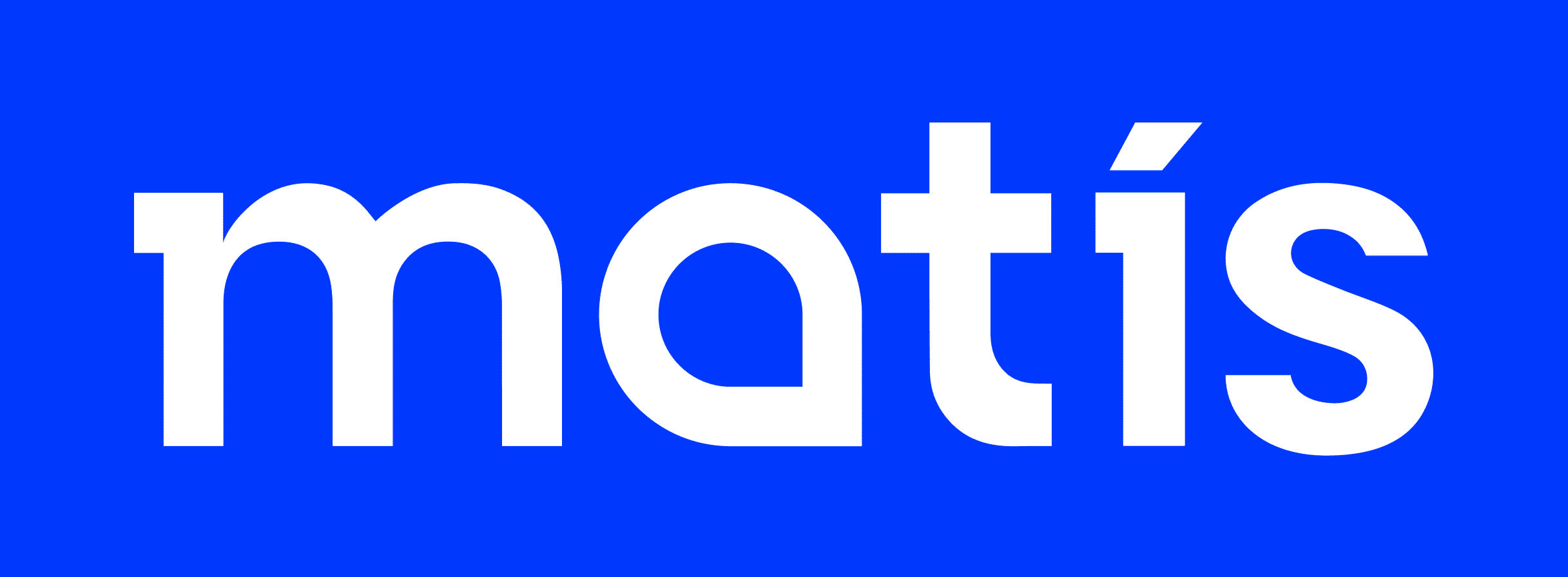Erfitt hefur reynst að nýta fiskeldismykju en hugmyndir hafa verið uppi um að framleiða lífkol úr henni. Lífkol eru jarðvegsbætandi efni sem hafa margvíslega eiginleika, t.d. að binda kolefni og bæta jarðvegsskilyrði. Markmið rannsóknarinnar var að bera saman áhrif lífkola framleidd úr fiskeldismykju frá ferskvatnseldi annars vegar og saltvatnseldi hins vegar við áhrif hefðbundinna lífkola framleidd úr við og trjáafgöngum. Áhrif lífkola í mismunandi hlutföllum á vöxt kálplantna voru könnuð. Niðurstöður sýndu að lífkol framleidd úr ferskvatns fiskeldismykju höfðu jákvæð áhrif á vöxt kálplantna, sambærileg áhrifum lífkola úr trjáafgöngum, en lífkol framleidd úr saltvatnsfiskeldismykju höfðu neikvæð áhrif á vöxt kálplanta og ullu mestum afföllum.
_____
Aquaculture sludge has proven to be difficult to utilise, however, there have been ideas of producing biochar from it. Biochar is a soil-improving material that has a variety of properties, such as sequestering carbon and improving soil conditions. The aim of the study was to evaluate the effects of biochar produced from freshwater sludge and saltwater sludge, with biochar produced from wood and tree residues. The effects of biochar were investigated in different concentrations on the growth of lettuce plants. Results showed that biochar made from freshwater sludge had a positive effect on the growth of lettuce and was comparable to biochar from tree residues, while biochar produced from saltwater sludge had a negative effect on the growth, causing the most losses.
Tag: fertilizer
The main goal of the project "Microbes for the enrichment of aquaculture sludge" was to develop a method for treating side streams from aquaculture (sludge) with microorganisms so that the sludge can be used as fertilizer for agriculture.
Considering the rapid growth of aquaculture in Iceland, it is crucial for the sustainability of the industry to find solutions for side currents and thus strengthen the circular economy. The implementation of solutions that promote the use of side streams, and promote circulation, are in line with the United Nations' goals for sustainable development.
The legal framework for the use of fish farm sludge as fertilizer is both extensive and in parts quite complex, i.e. what is allowed and who grants permission. As an example of the requirements for using sludge as fertilizer, sludge must be applied to the pasture before December 1st if the area is to be used for grazing, animals can then be grazed on the area 5 months later or on April 1st at the earliest.
In the project, work was done to enrich nitrate in the sludge with microorganisms to increase the possibility of using the sludge as a fertilizer. An enrichment culture was established with the aim of enriching ammonia-oxidizing bacteria in the sludge. A chemical analysis of the sludge was also carried out to assess its nutrient content. The results of chemical measurements indicate that sludge can be ideal as a supplement or additive to, for example, biodegradable livestock manure. It is important to continue with a project that contributes to increasing the value of by-products such as sludge in order to keep nutrients within the circular economy. The use of sludge as fertilizer is beneficial for both aquaculture companies and Icelandic agriculture.
_____
The primary objective of the project „Microorganisms for aquaculture sludge enrichment“ was to develop a method for treating side streams from aquaculture (sludge) using microorganisms, thereby rendering the sludge suitable for use as agricultural fertilizer.
Given the rapid expansion of aquaculture in Iceland, finding solutions for side streams is imperative to sustain the industry and enhance circular economy practices. Implementing solutions that encourage side stream utilization aligns with the United Nations' sustainable development goals.
The legal landscape for utilizing fish farm sludge as fertilizer is extensive and, in certain aspects, complex, delineating what is permissible and who grants permission. For instance, applying sludge to pasture for grazing requires adherence to specific timelines, such as application before December 1st, with grazing permitted no earlier than 5 months later or on April 1st.
The project focused on enriching the sludge's nitrogen content with microorganisms. An enrichment culture was established to promote ammonia-oxidizing bacteria in the sludge, increasing its potential as a fertilizer. Chemical analysis of the sludge was conducted to evaluate its nutrient content. The results indicate that the sludge can serve as an ideal supplement or additive, for instance, with biodegradable livestock manure. Continuing projects that enhance the value of like sludge is crucial for maintaining nutrient cycles within the circular economy. The use of sludge as fertilizer is mutually beneficial for both aquaculture companies and Icelandic agriculture.


